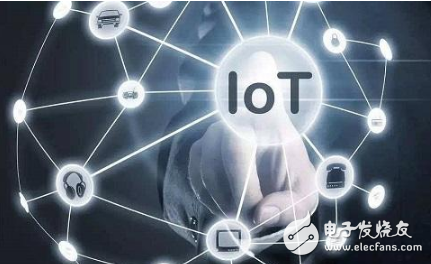The two major trends of blockchain and machine learning began in 2016 and will continue into 2018, and more convincing proofs of concept are expected.
Machine learning is reported to be a branch of artificial intelligence (AI). The research of artificial intelligence is from "inference" to "knowledge" and then to "learning". There is a natural and clear vein to follow. Machine learning is a way to realize artificial intelligence, that is, to solve problems in artificial intelligence by means of machine learning.

Machine learning has some interesting case studies, such as retail store monitors with streaming video capabilities, which can perform face recognition and scan certain behaviors by machine learning to observe the pattern of consumers walking in the store. This not only provides proactive security measures, but also performs tasks without mining customer personal data to avoid potential personal privacy issues.
Blockchain is another major application that is about to erupt in 2018, especially FinTech startups. Blockchain payment and security applications will almost certainly lead companies to rethink how they can be used to record financial transactions.
In 2017, new IoT security vulnerabilities were reported one after another, which is a serious problem for the industrial sector. Since the industrial Internet of Things (IIoT) equipment has a long life span, and the connected network equipment in the manufacturing industry can be used for an average of 7 to 10 years, the industrial company has always tried to keep the equipment as low as possible.
It is important to maintain device updates and security features during the life of the device, but many of them cannot easily install patches. As the manufacturing business increasingly integrates more connectivity, the industrial world's thinking about cybersecurity needs to catch up quickly to prevent unsafe devices from continuing to be vulnerable.
Many IoT devices on the market currently do not have an appropriate security policy. The security protocols and password schemes are too weak, and there is no effective way to patch or install operating system updates. After the IoT attacks such as KRACK and Reaper in 2017, large-scale botnet attacks against IoT devices are expected to occur again in 2018.
One way in the industry to solve this problem is to download and install the latest updates on the networked device. The US Senate's IoT Cybersecurity Improvement Act is a positive step in the right direction.
Self-driving may still be in the early stages of development, but it is by no means a trend in the distant future, only a few years before it becomes mainstream. The wave of self-driving will bring a new way of thinking. In short, the traditional model of buying and driving your own car will be a thing of the past.
In the future, consumers will rent vehicles controlled by mobile devices to suppliers in a certain period of time instead of directly owning them. When you want to use the car, the self-driving car will go to the designated place to stand by, and consumers do not need to manage the car when they move. On the other hand, taxis and mass transit will use IoT to provide better service, more efficient routes and a more satisfying user experience.
72V Battery Pack ,Lithium Ion Battery Pack,Lithium Battery Pack,Battery Power Pack
Zhejiang Casnovo Materials Co., Ltd. , https://www.casnovo-new-energy.com